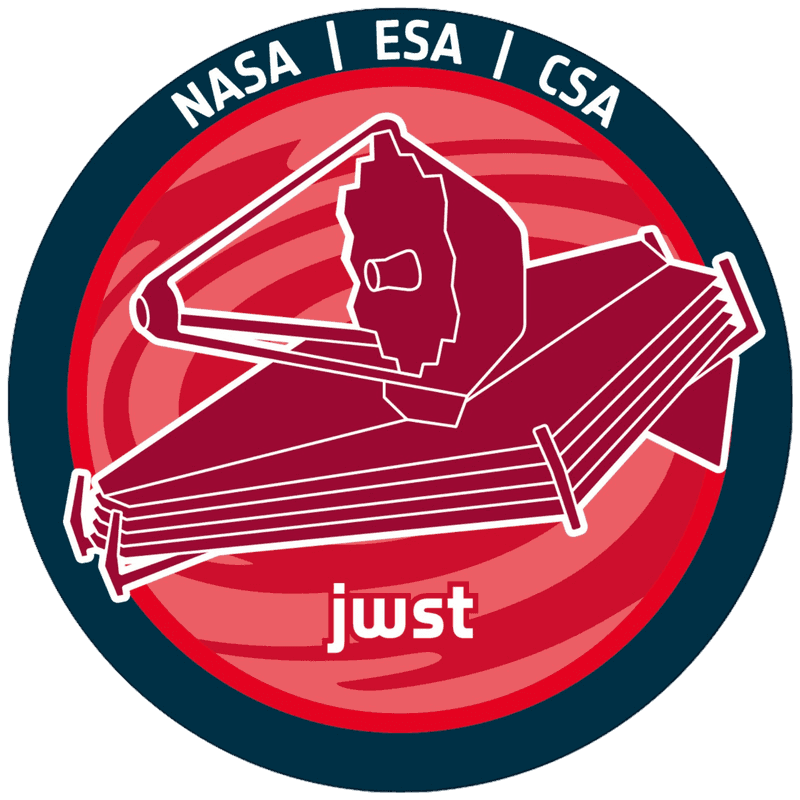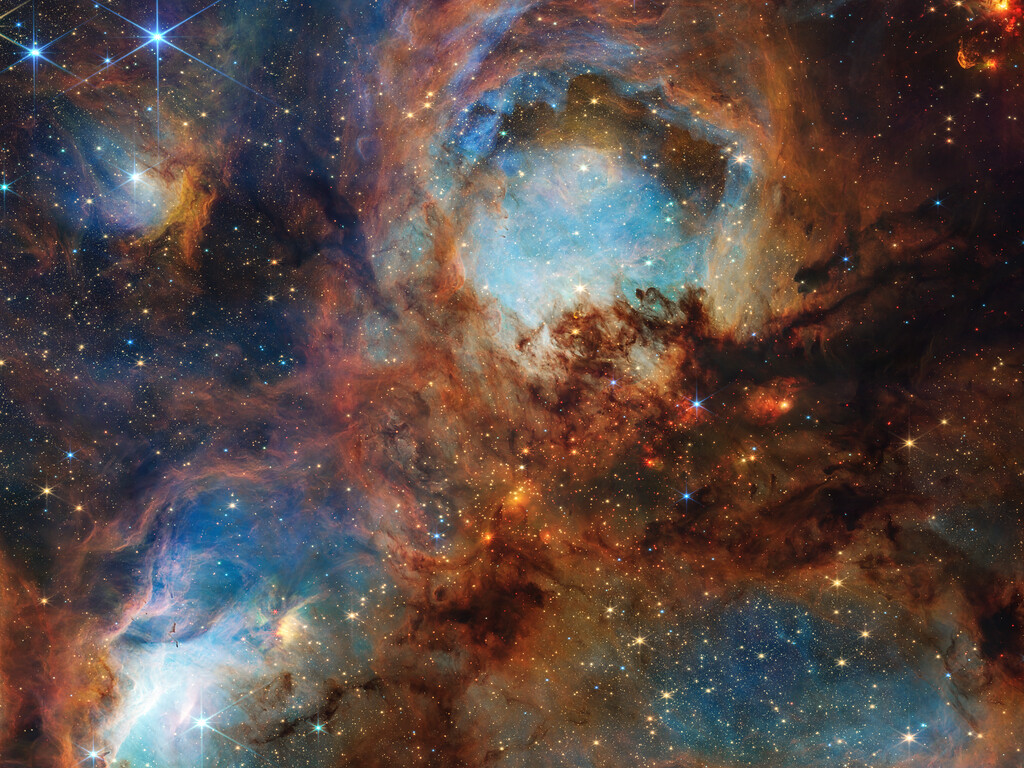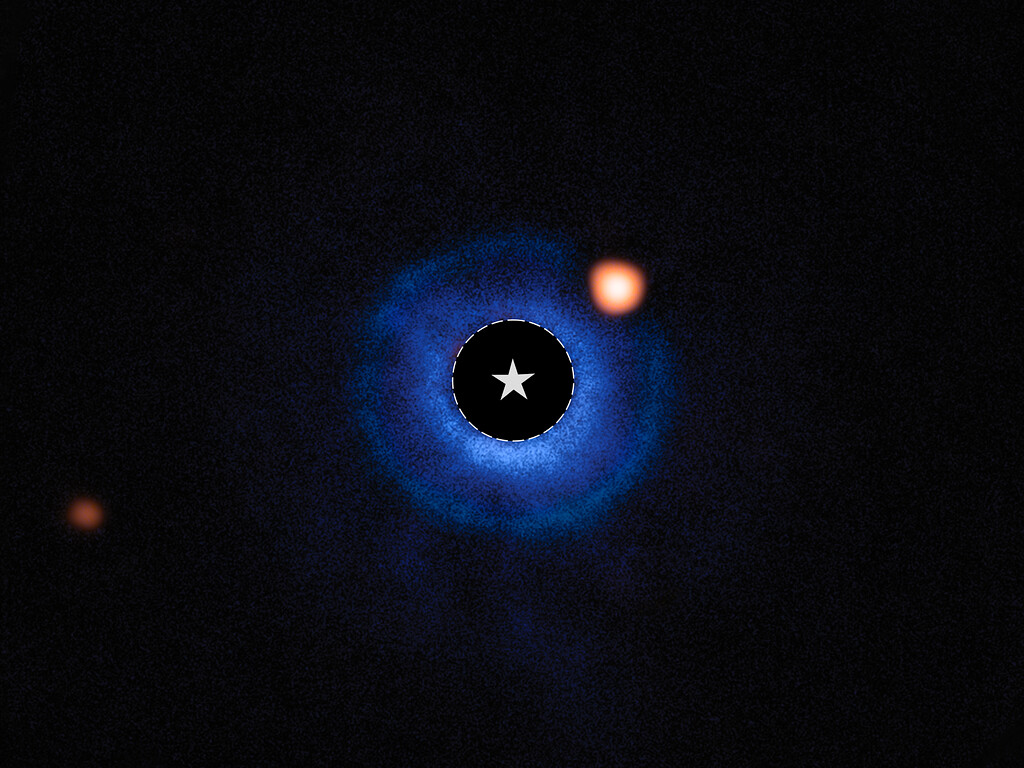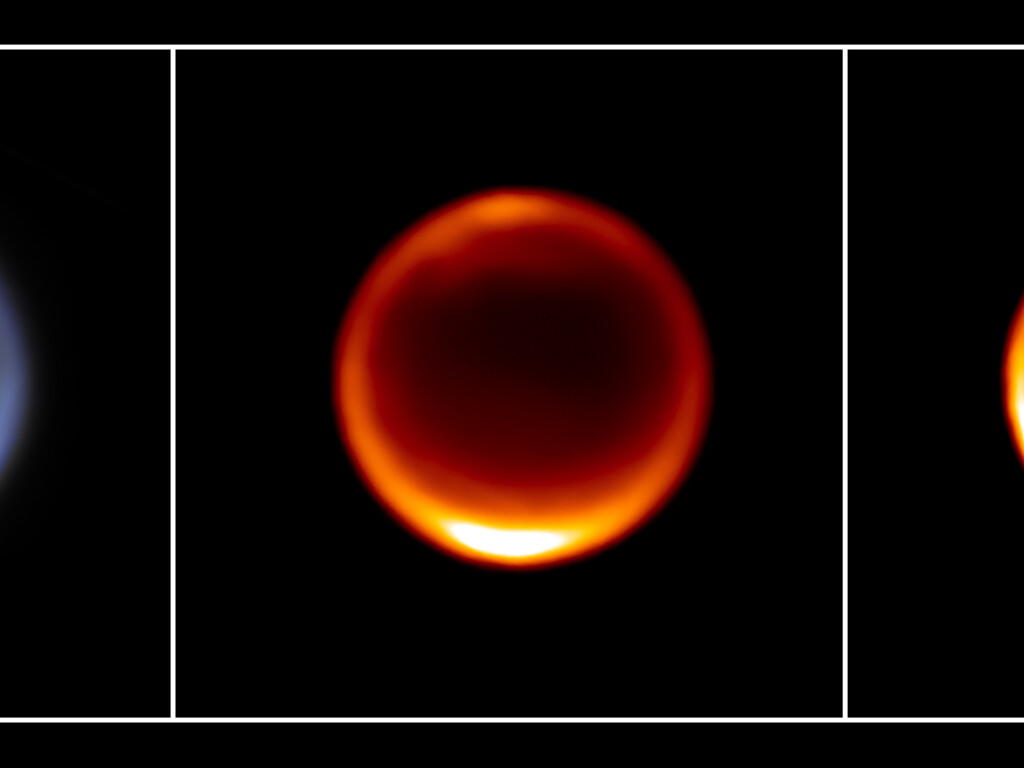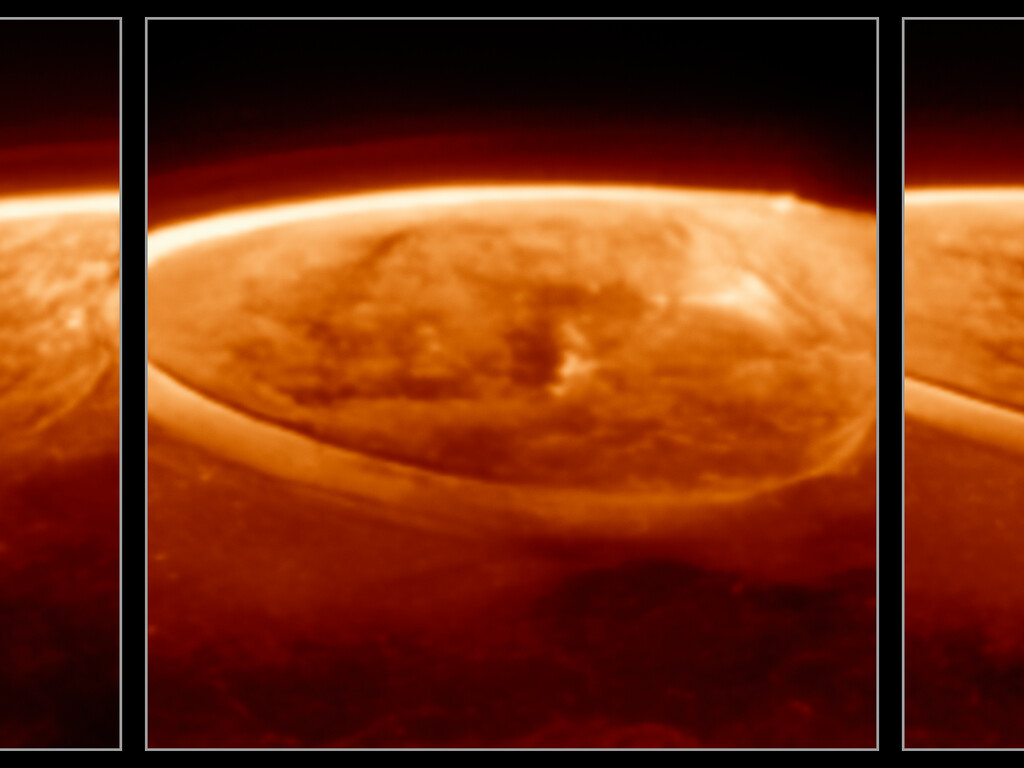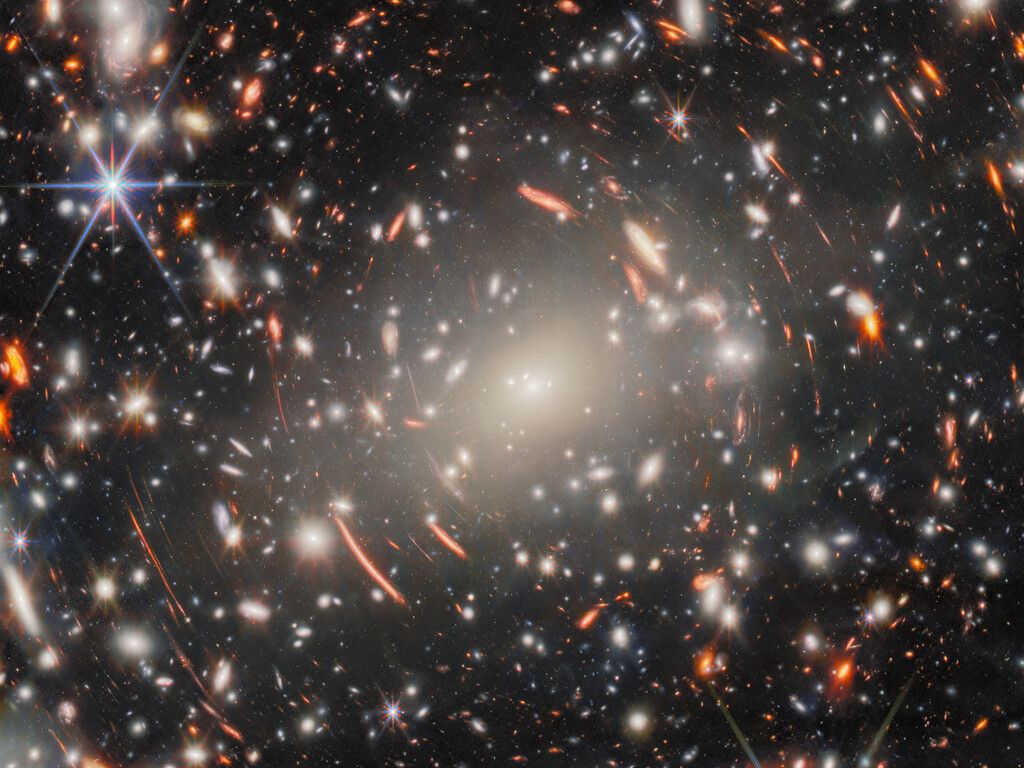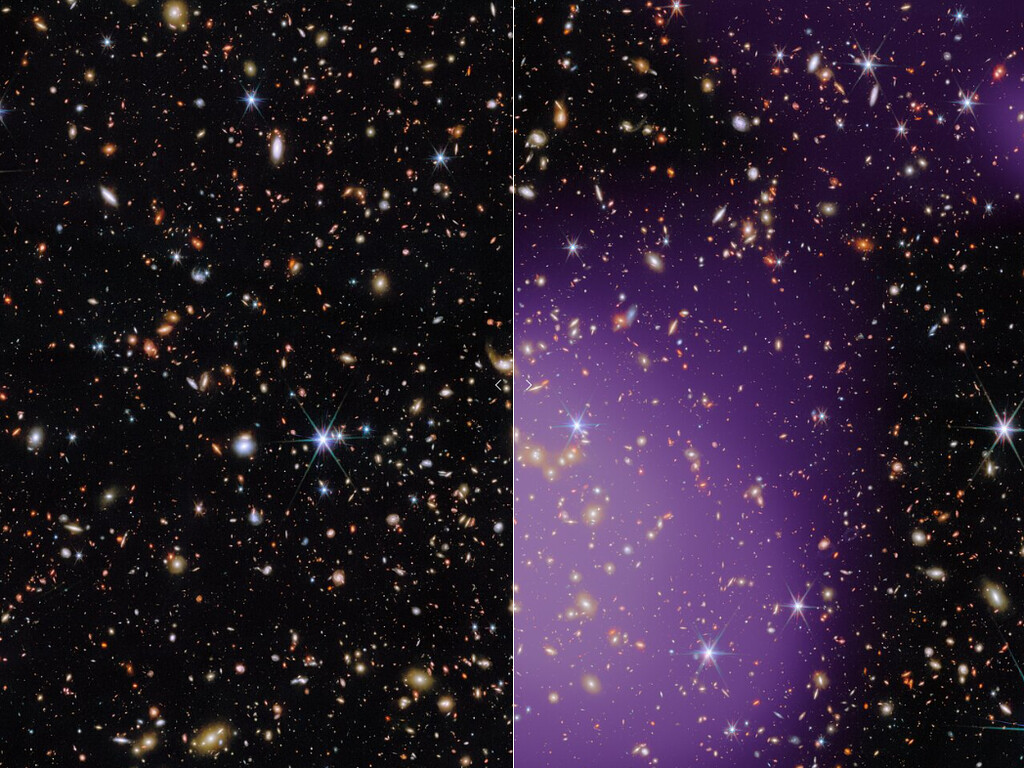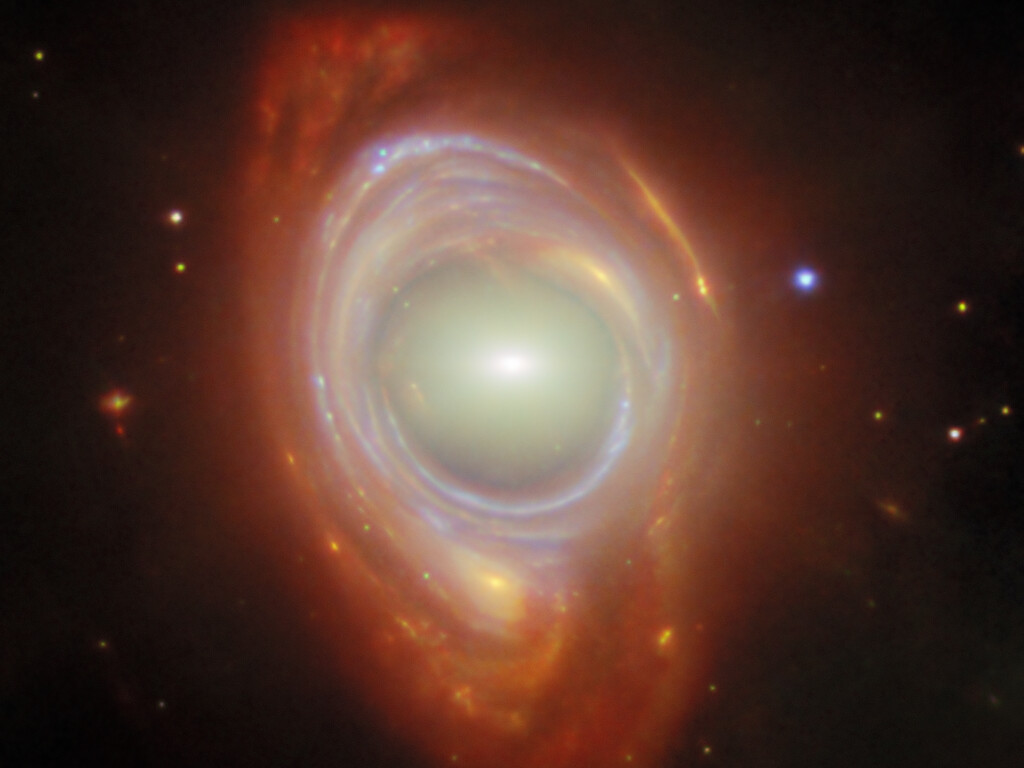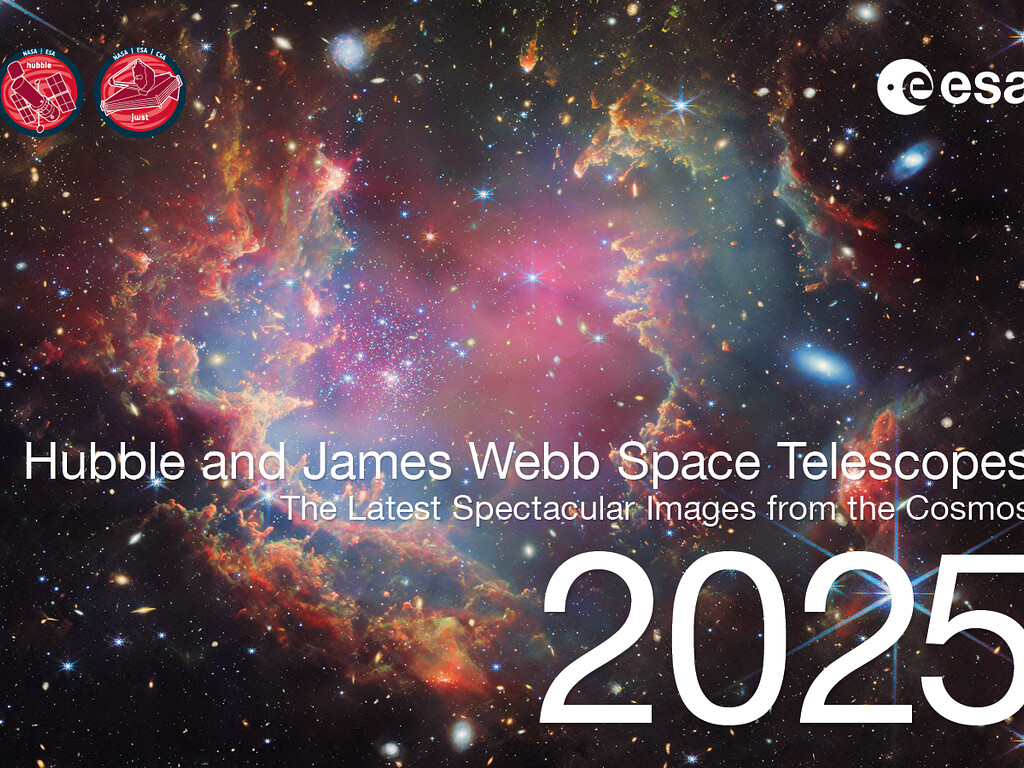Press Releases
Webb scratches beyond the surface of the Cat’s Paw for third anniversary
10 July 2025 — weic2513
Read MoreWebb's Titan forecast: partly cloudy with occasional methane showers
14 May 2025 — weic2511
Read MoreAnnouncements
Royal Astronomical Society Group Achievement Award for JWST-MIRI Team
12 Jan. 2024 — ann2401
Read More